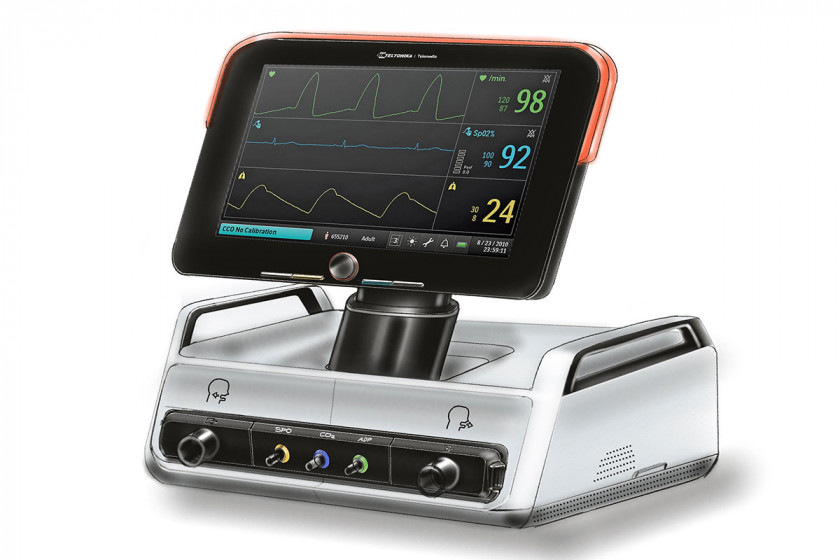NEW PHASE OF MECHANICAL LUNG VENTILATOR DEVELOPMENT
Teltonika Telemedic announces that it enters the new stage of mechanical lung ventilator development.

Teltonika Telemedic announces that it enters the new stage of mechanical lung ventilator development.
Designing and producing the ventilator has been one of the biggest challenges since the day Teltonika Telemedic was born. The COVID-19 pandemic has prompted the company to react to the worrying global situation, and all of the efforts were put to design the DPV100 ventilator in the fastest time possible.
The DPV100 prototype, aimed to save people‘s lives, was designed in a surprisingly short time.However, as time passed, it was decided to reshift focus on developing the improved version of the ventilator that would stand for full medical approval.
“Truth to be said, we developed DPV100 as an emergency device to combat COVID-19. We are proud of what we have achieved in such a short time period. New insights, developed in the course of the project, allowed further research which led us to turn our focus on producing a fundamentally complete technology, suitable for medical approvals. Thus, we decided to launch DPV200, a new mechanical lung ventilator project, aiming to produce a full medical device“, - says Tomas Zamaras, Product Owner at Teltonika Telemedic.
How DPV200 will be different from DPV100?
“Teltonika Telemedic aims to manufacture devices in conformity with the standards for medical devices. Thus, we have started working with various partners, experienced in different fields: from those who produce design, parts for medical equipment to those who prepare documentation and achieve standards compliance for medical devices”, - comments Tomas Zamaras.
One of the key differences in the DPV200 ventilator will be the telemedicine system that enables remote monitoring and control of bed-side ventilators data and main parameters. Also remote comunication functionalities for personnel will be provided to reduce associated risks as much as possible.
Essentially, the medical professionals will be able to react quickly and switch ventilation modes without having direct contact with the infected patients. The device will boast more ventilation modes than its predecessor (DPV100), and it is set to include non-invasive ventilation systems.
Capnography system – another key essential feature of upcoming technology – will provide means to assess a patient’s self-contained breathing, analyse various clinical conditions and diseases as well as indirectly evaluate the activity of blood supply in lungs and metabolism.
Teltonika Telemedic team is closely cooperating with medical scientists from Vilnius University on the testing and configuration of the DPV200 ventilator. Estimated project completion dates will be announced in the future.